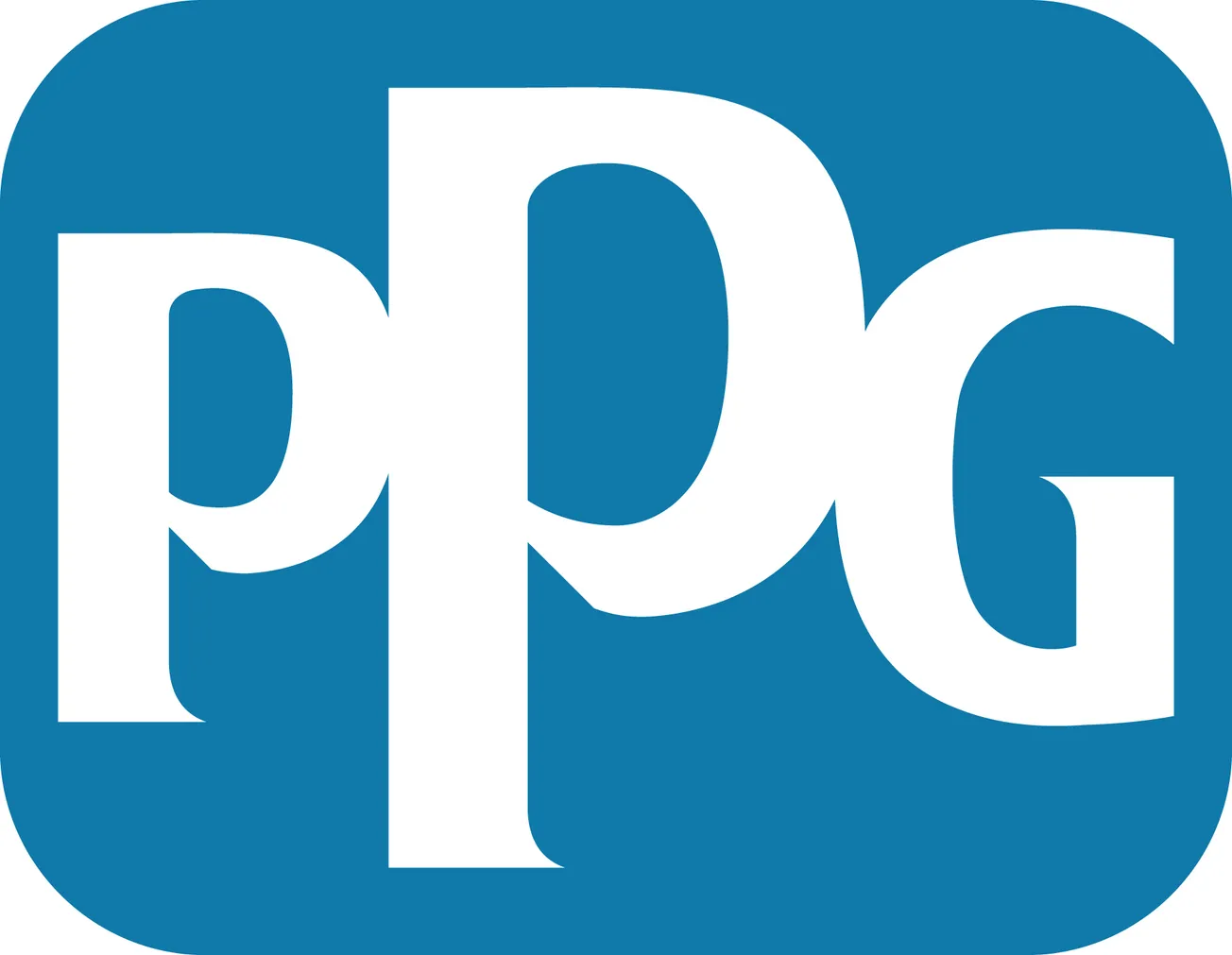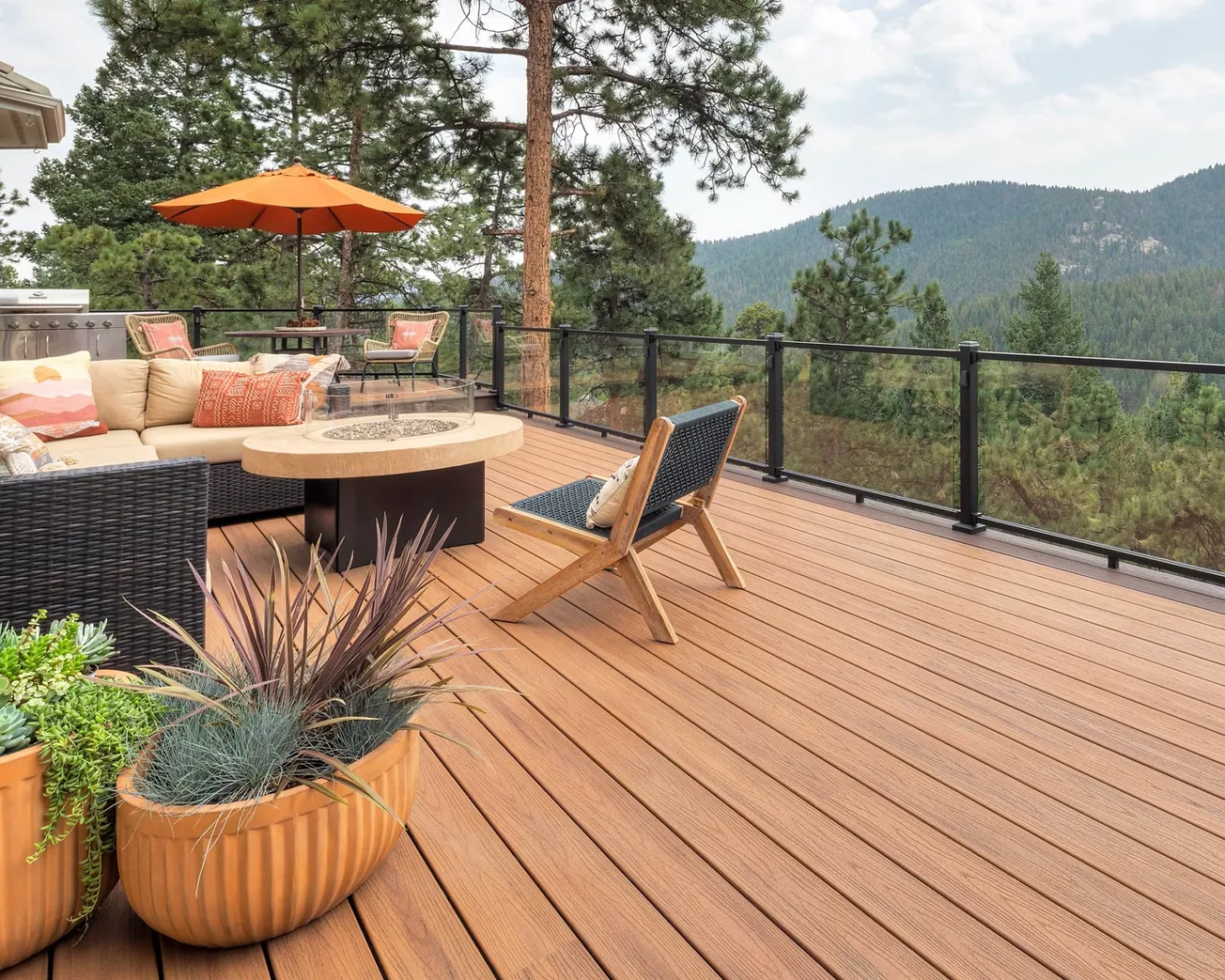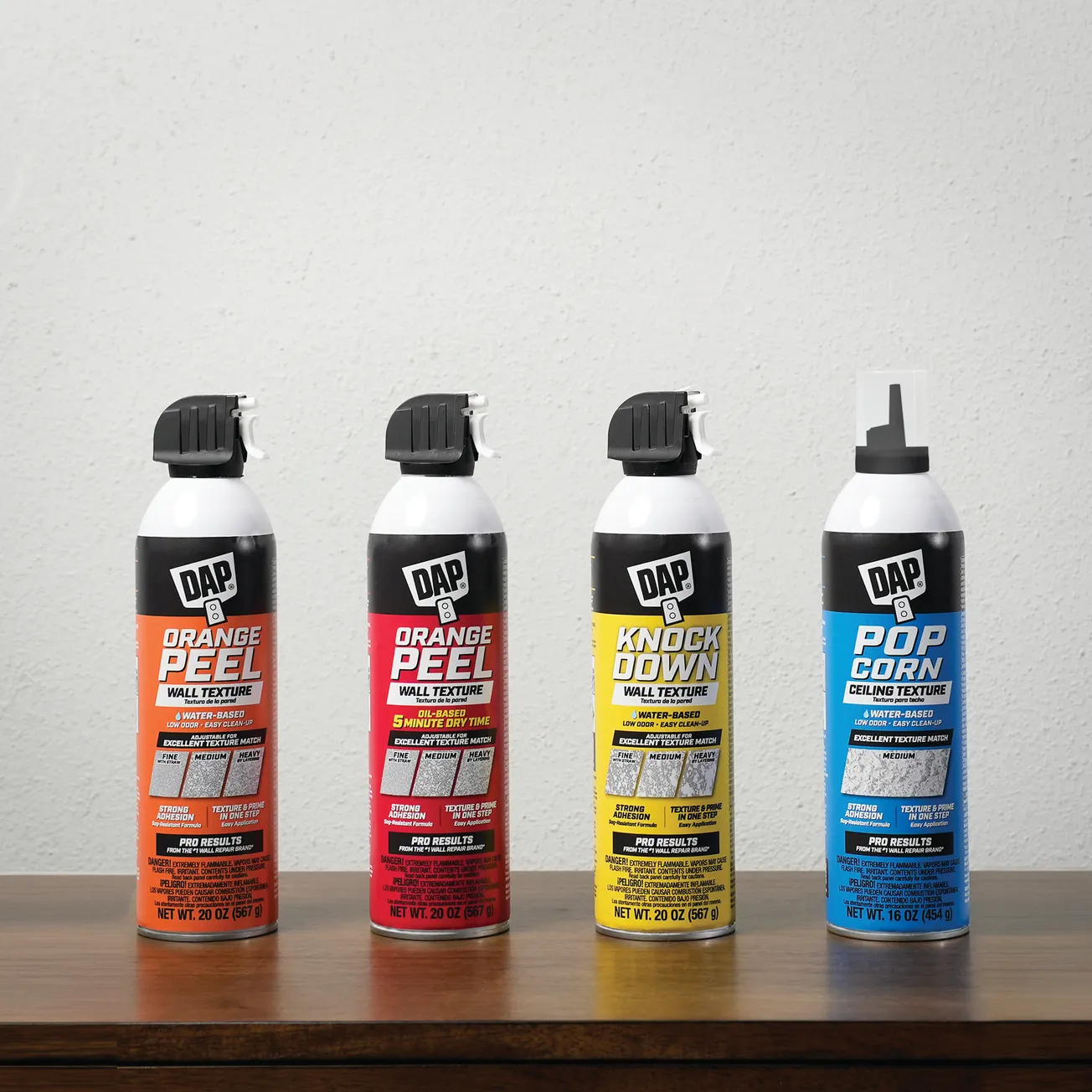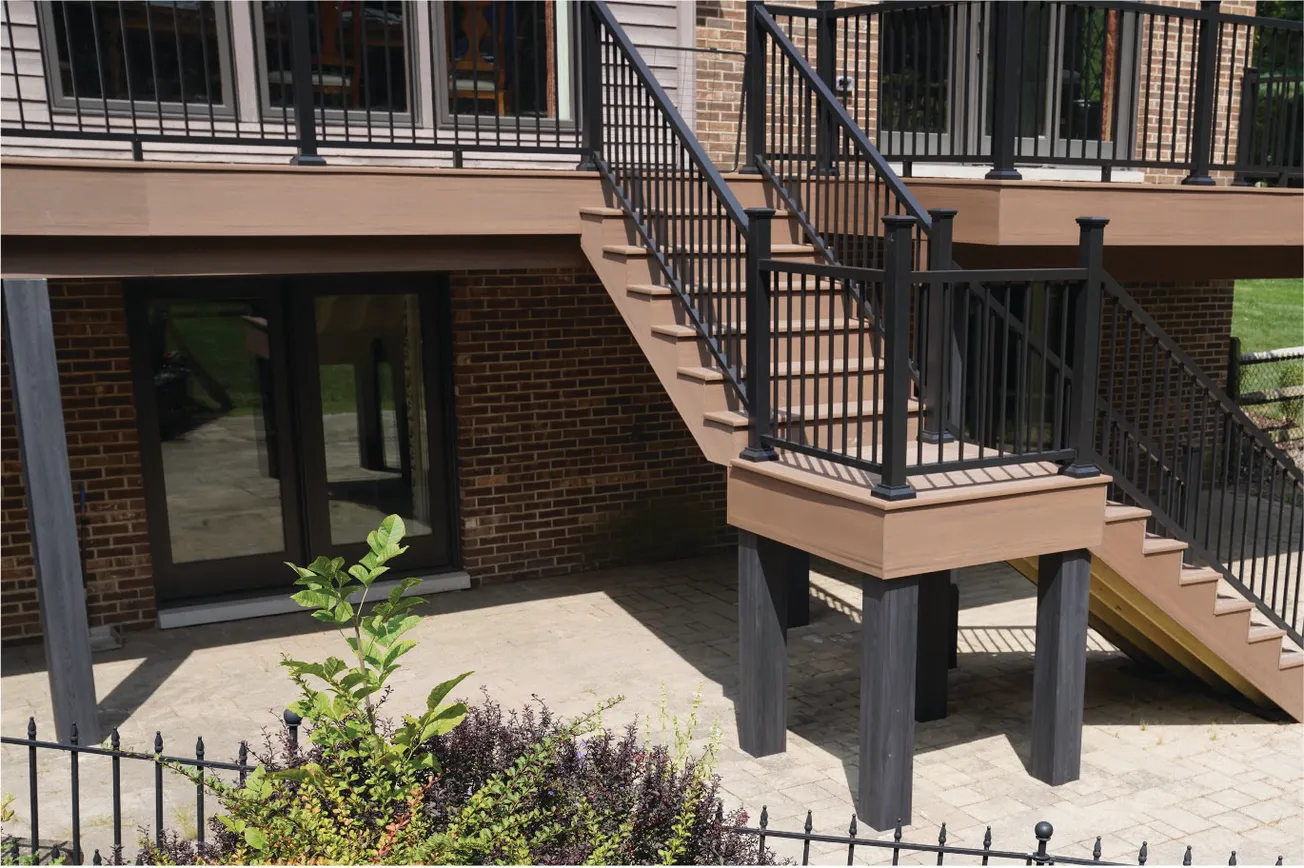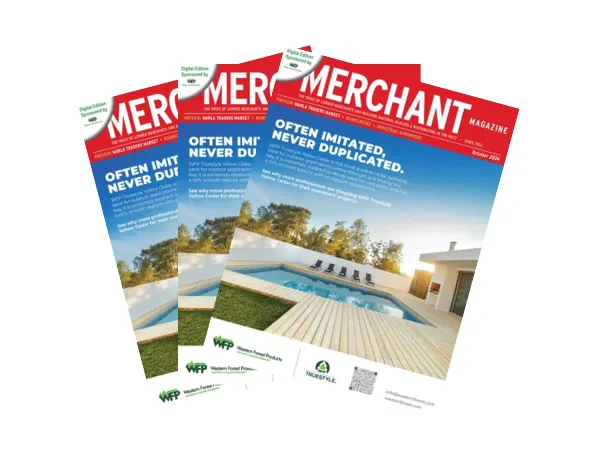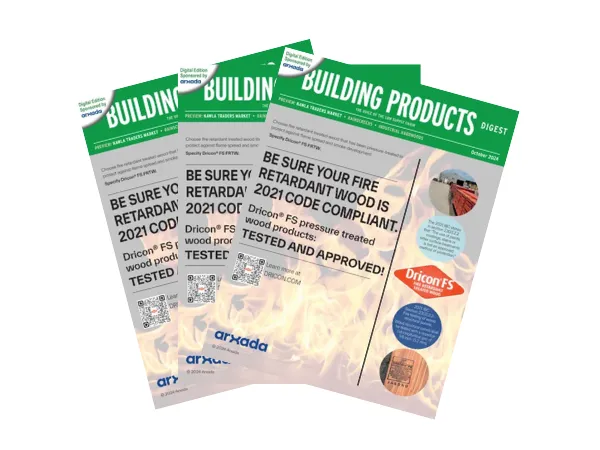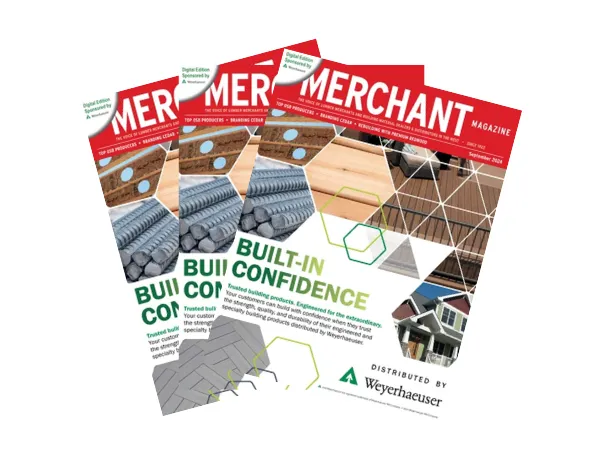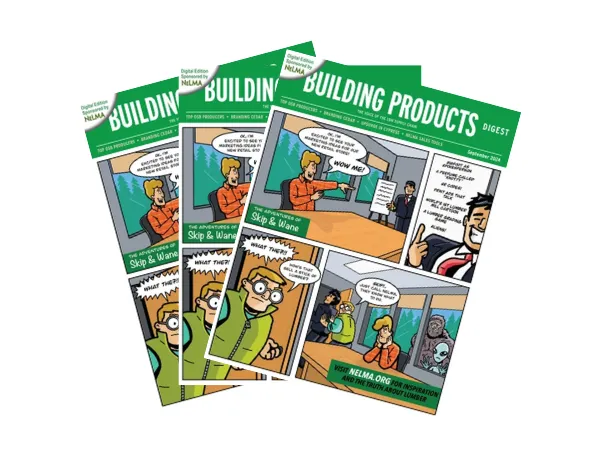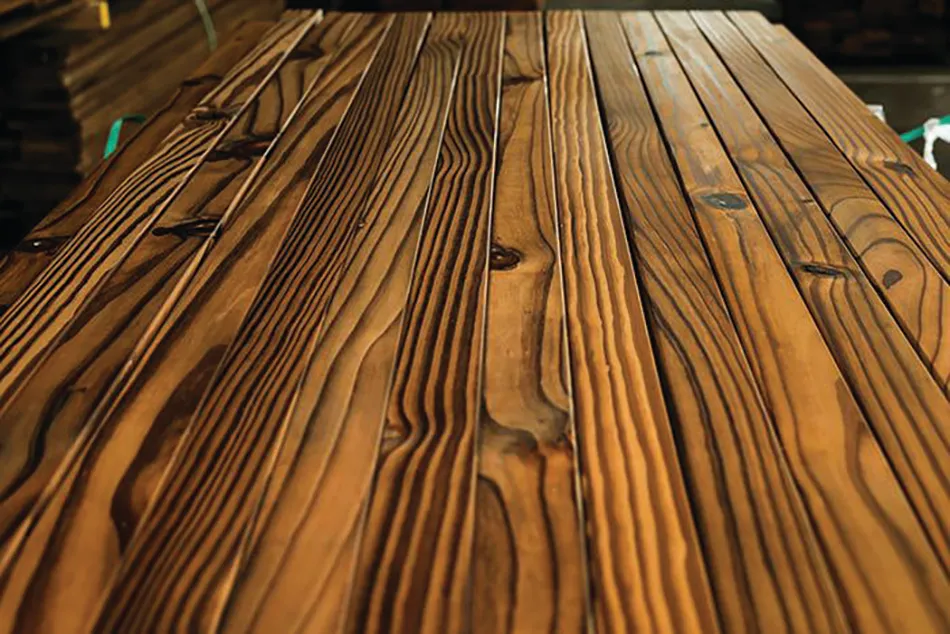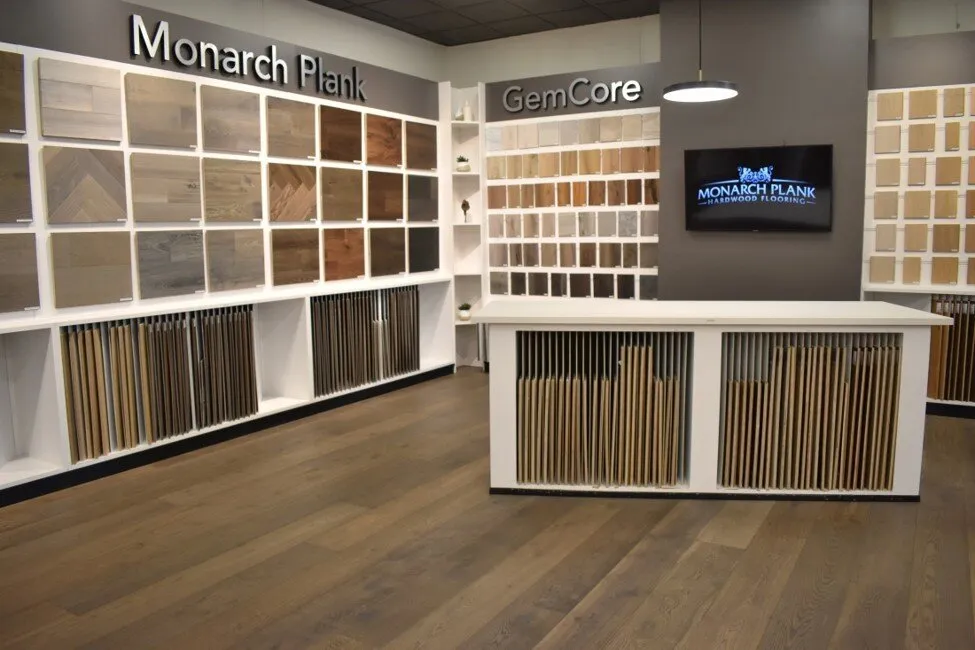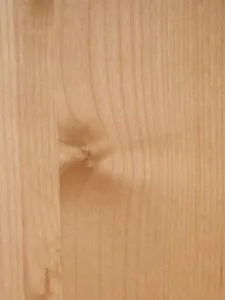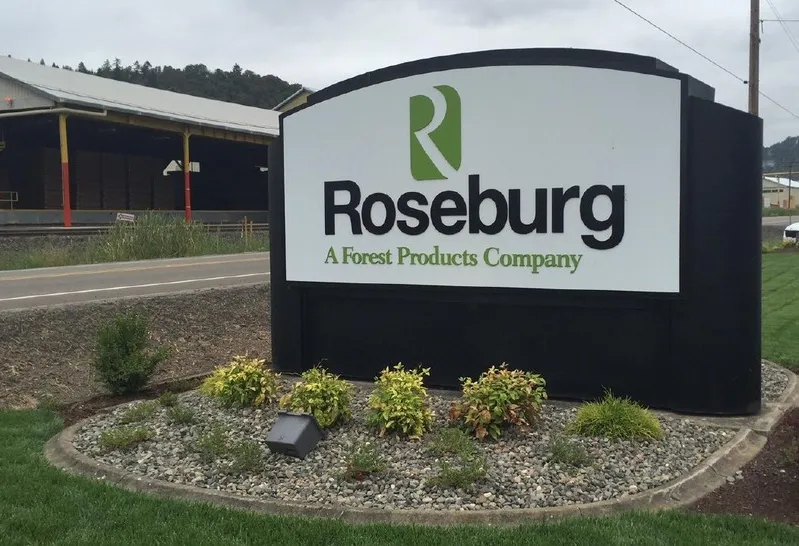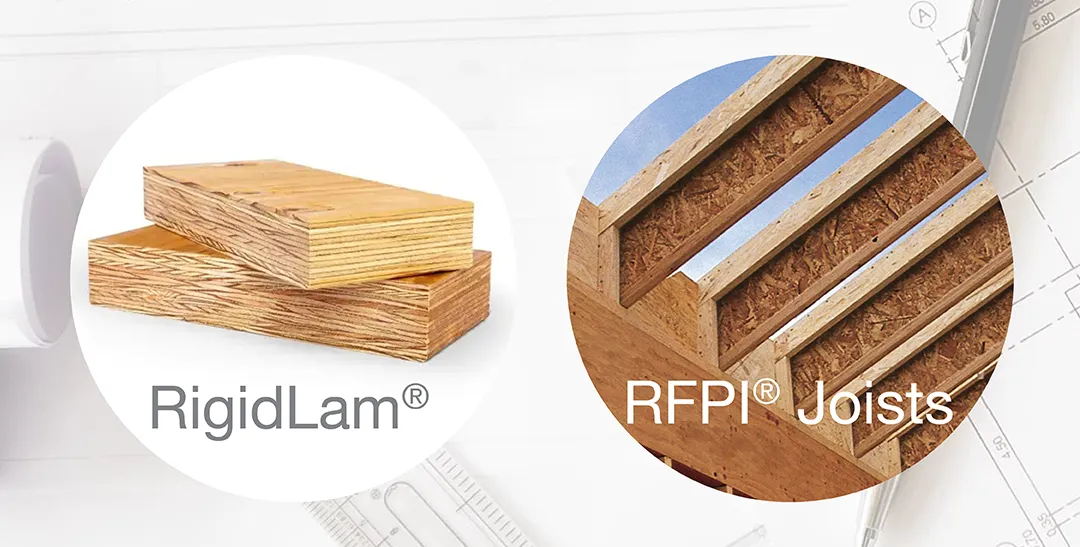
HUGE SAWMILL OPENS IN ARIZONA
Restoration Forest Products has begun production at its new lumber mill in Bellemont, Az.—described as “the largest sawmill in the Southwest.”
Restoration Forest Products has begun production at its new lumber mill in Bellemont, Az.—described as “the largest sawmill in the Southwest.”
Restoration Forest Products has begun production at its new lumber mill in Bellemont, Az.—described as “the largest sawmill in the Southwest.”
Cedar Direct LLC will invest $925,000 to open a distribution and warehousing facility in Spindale, N.C., joining existing locations in Dodgeville, Wi., and Chapel Hill, Tn.
PPG is selling its architectural coatings business, which includes such brands as Glidden, Olympic, Liquid Nails, and Flood
Snavely Forest Products now sells Trex decking and railing exclusively at all 8 locations, with the addition of Denver, Co.
DAP's new 20-oz. touch-up texture repair cans join its 2in1 Wall & Ceiling Spray Texture line, for Orange Peel and Knockdown textures, as well as a 16-oz. texture repair can for its Popcorn texture
Titan BP has launched the new Ledger Deck Foot Anchor, a helical solution for ledger-attached decks with an adjustable post saddle.
Versatex’s Versawrap PVC column-wrap system now comes in a range of realistic woodgrain finishes as well as the original solid white.
Simpson Strong-Tie’s new Strong-Drive SWD Double-Threaded wood-to-wood screw reduces installation times and labor costs
The Merchant Magazine's October 2024 issue contains the Show Guide for the upcoming NAWLA Traders Market. We're the 101-year-old journal for the western lumber industry.
October 2024's Building Products Digest features an expansive Show Guide to the upcoming NAWLA Traders Market
September 2024 of The Merchant Magazine, monthly trade journal for the West's lumber industry
September 2024 "NELMA Special Issue" of Building Products Digest, monthly trade magazine for building material dealers & distributors.
Improve your sales by knowing how and when to ask questions
The difference with sales speak is in sales we are moving people to action
From the first moment we talk with a potential client, they are judging the heck out of us.
Communication mistakes are like listening to our favorite song on the radio with a slight bit of static. Even if it’s our favorite song, it’s irritating. Poor communication may cause known or subconscious irritation to customers.
New thermally modified wood cladding and decking from Spartan Forest Products
Private equity firm Transom Capital Group has acquired Galleher, LLC, a western regional distributor and manufacturer of flooring products which are sold under both company-owned and leading third-party brands via retail, contractor, commercial and other channels.
Murphy Plywood, Eugene, Or., the leading supplier of alder plywood in North America, and Cascade Hardwood, Chehalis, Wa., the leading multi-mill operator of alder sawmills in the Pacific Northwest, have formed a strategic alliance for ...
Kronospan has agreed to purchase Roseburg Forest Products’ particleboard facility in Simsboro, La.
Explore Building-Products.com's new website! Discover our 2023 digital leap with a sleek CMS, enhanced email system, and interactive online platform for all your LBM needs. Visit now!
Palmer-Donavin’s distribution center in Grove City, Oh., will now distribute RigidLam LVL and RFPI Joist products throughout Ohio.
APA – THE Engineered Wood Association announced the winners of its 2022 Safety & Health Awards—the premier safety award program for North America’s engineered wood products industry. The program’s goal is to promote and recognize operational excellence and reduce injury and illness rates.

